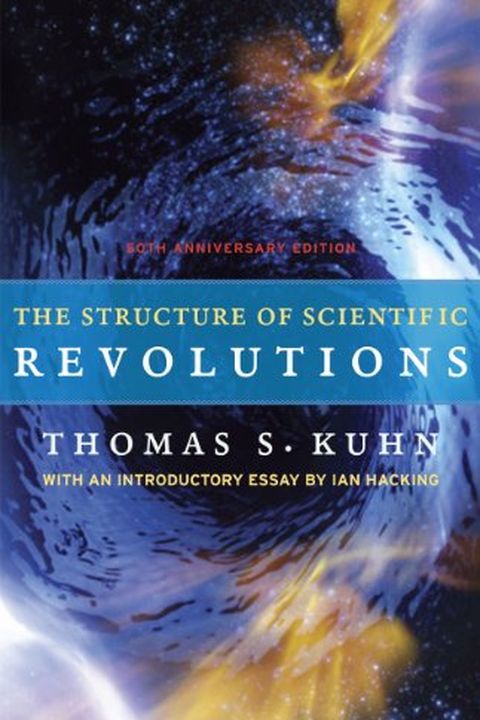
The Structure of Scientific Revolutions
50th Anniversary Edition
Thomas S. Kuhn
Explore the groundbreaking ideas that forever changed the way we view scientific progress with this essential read. The Structure of Scientific Revolutions challenges the traditional linear approach to scientific advancement, arguing that breakthroughs happen outside of the norm, leading to new ideas and revolutionary change. While originally published in 1962, these concepts remain relevant today, and this edition includes an insightful introduction that clarifies terms and applies Kuhn's ideas to modern science. An expanded index and new design make this edition perfect for a new generation of readers seeking to understand the history of scientific thought.
Publish Date
1996-01-01T00:00:00.000Z
1996-01-01T00:00:00.000Z
first published in 1962
Goodreads Rating
4.03
ISBN
8601300156835
Recommendations
5
Recommendations
The first time I sat down with Steve Jobs, he immediately asked me if I had read The Structure of Scientific Revolutions. I think he was assimilating into this personality, this notion that he found in The Structure of Scientific Revolutions. – source
2015-03-17T07:00:00.000Z
https://en.wikipedia.org/wiki/Mark_Zuckerberg_book_club2009-06-21T00:00:00.000Z
Kuhn introduced the term "paradigm shift" to describe the changeover from Ptolemaic to Copernican astronomy. But the book is far more than a classic in the history of science. It's also a book that emphasizes how what we already believe shapes what we see, what we allow ourselves to think. I've always tried to separate seeing itself from the stories I tell myself about what I see. Pattern recognition is impeded if you are trying to overlay an existing pattern on the facts rather than letting the facts sit quietly until they tell their own story. That's General Semantics again. – source2022-06-01T08:00:45.000Z
In his brilliant book, The Structure of Scientific Revolutions, author Thomas S. Kuhn explained how scientific discoveries take place: scientific paradigm shifts always begin with disruption – and it’s never an easy process. – source